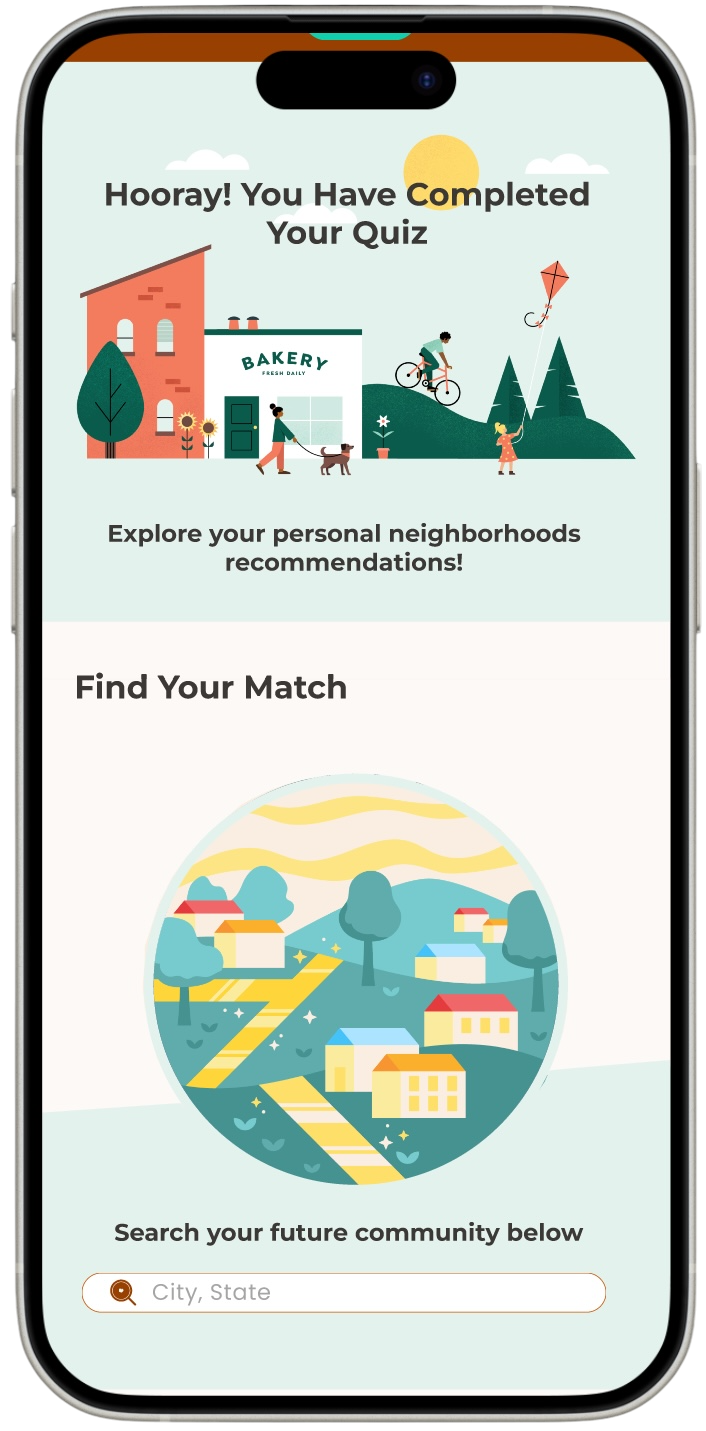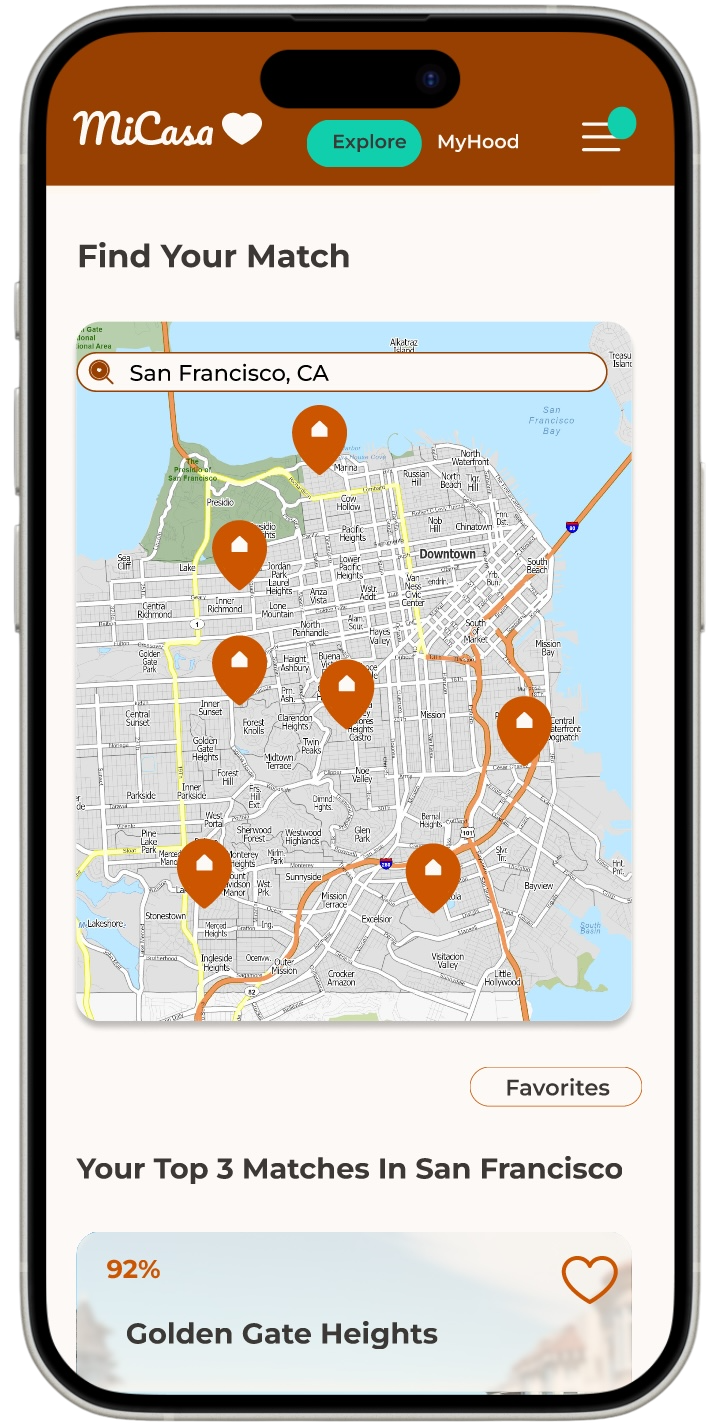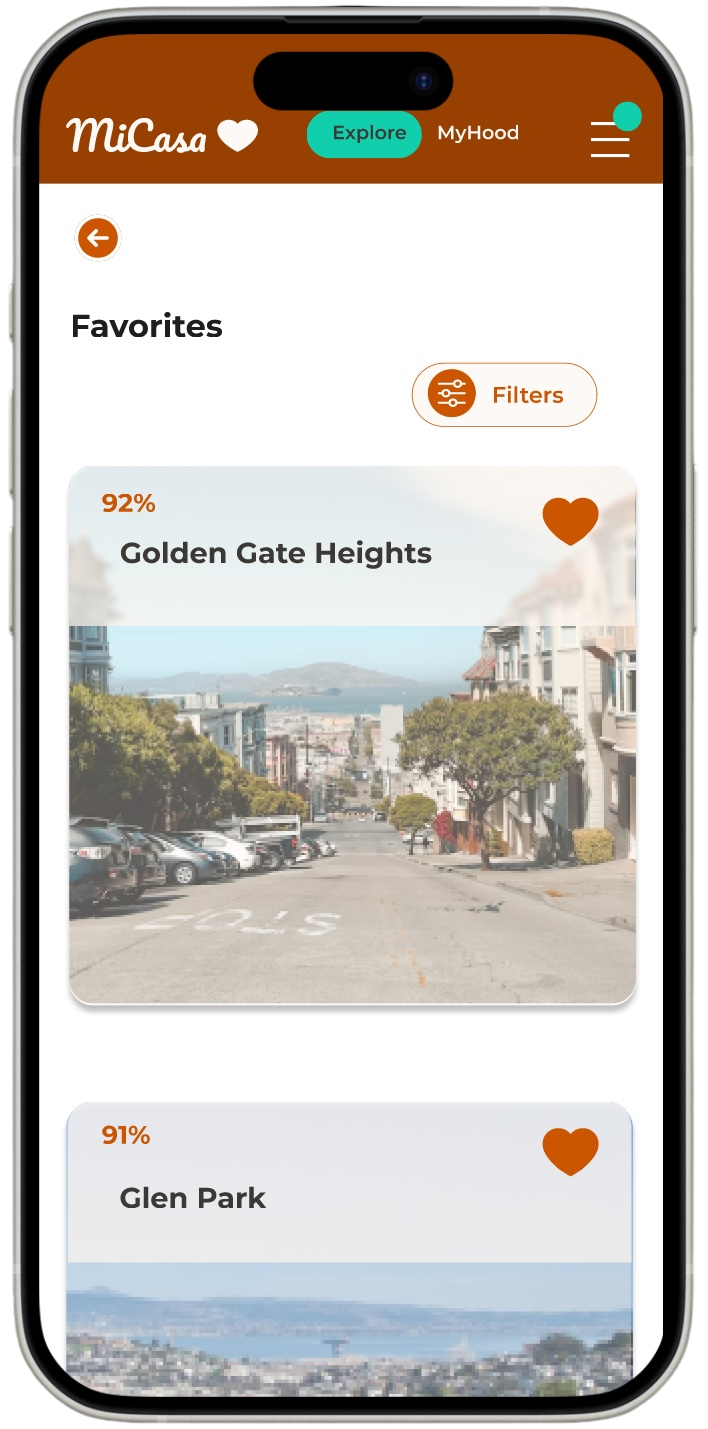Spotify
What is Spotify?
Digital Music Streaming Platform – Spotify allows users to stream millions of songs, podcasts, and audio content on demand.
Personalized Listening Experience – Users can discover new music through curated playlists, algorithmic recommendations, and user-created playlists.
Available Anytime, Anywhere – Accessible across devices (mobile, desktop, smart speakers) with both free (ad-supported) and premium (subscription-based) options.

Background
Spotify’s “Liked Songs” lets users save favorite tracks, but lacks an easy way to turn filtered songs into playlists. Currently, creating playlists by mood or genre requires manual effort, making the process time-consuming. This project explores a feature to automate and streamline playlist creation.
Research Goals
To understand how users organize their saved music and identify opportunities to streamline playlist creation from Spotify’s “Liked Songs” using filters like genre and mood.

Objectives
1
Filter Liked Songs by genre, mood, or other attributes
2
3
Automatically generate playlists from the filtered selection
Save or share these playlists with ease, ensuring faster access to tailored listening experiences
2. User Interviews
To create a more intuitive music organization experience, I conducted in-depth user interviews to uncover how listeners currently use Spotify’s “Liked Songs” and their challenges with organizing music. The insights gathered from these interviews shaped the feature concept — an effortless way to auto-generate playlists using filters like genre, mood, and listening habits
Understanding Users’ Listening and Playlist Habits
Findings (interviewed 5 users):
Common User Needs: Easy organization of liked songs, time-saving playlist creation, intuitive filter options
Motivations: Want playlists that reflect current mood, activity, or time of day
Pain Points: Manual playlist creation is tedious and often ignored despite interest
Desired Experience: Fast, personalized playlist creation with smart suggestions
Impact: Improved user satisfaction and deeper engagement with saved music
Affinity Mapping
Color-coded the key insights from each interview to reveal any patterns.
Separated the patterns into 10 groupings
Key Insights
Social Isolation
Often experience lingering self-isolation despite making friends, affecting their well-being & adjustment process
Emotional Stressors
Absence of immediate family support compounded emotional stressors like depression, anxiety, & loneliness among interviewees, especially in the initial stages of relocation
Cultural AdjustmentsInvolves adapting to: lifestyle, food, & social norms, navigating diverse cultural landscapes, & adjusting to differences in pace of life and transportation systems
Moving Forward
Developing strategies to foster social connections, expand mental health support services, and provide cultural orientation programs is essential for addressing the challenges of relocation and improving the well-being of individuals moving to new areas
3. Define
Clarifying the User’s Needs and the Core Problem
User Needs: Find a neighborhood matching cultural and weather preferences
Personas & Empathy Maps: Defined primary user needs
Problem Statement: Guided the design process and feature development for MiCasa
Persona 1:
This user describes someone that moves to a new location is finding it hard to adjust to the difficult cultural dynamics of the new location
Persona 2:
This user describes someone that moves to a new location is finding it hard to adjust to the different weather climate
4. Ideate
Generating and Prioritizing Solutions for User Needs
Cardsorting
Sitemapping
5. Prototype
Bringing Ideas to Life with Wireframes and Mockups
Wireframing: Visualized app functionality with low-fidelity prototypes.
Refinement: Transitioned to high-fidelity mockups, focusing on neighborhood search and MyHood pages.
LoFi Wireframes
MidFi Wireframes
6. Testing
Validating the Design with Usability Testing
Usability Testing: Gathered user feedback to identify pain points in navigation and features.
Iterative Improvements: Refined design based on feedback, ensuring a seamless user experience.
7. Iteration
Refining the Design Based on User Feedback
Iterative Design: Refined MiCasa based on user feedback to polish the UI and enhance neighborhood matching.
Enhanced User Experience: Ensured the app meets user needs in finding the best neighborhoods.
Changes Made:
Moved the “Search” bar for Explore home page to the same screen as the “Hooray! You have completed your quiz” message. Previously, the user needed to scroll down to the next screen - this was not intuitive.
2. Enabled users to access their “Favorites” page through the hamburger menu from the top navigation bar. Previously, users were able to access it by clicking a “heart” icon on the “explore - feed page.” During the usability testing, when asked to locate their “Favorites” all the users instinctively selected the hamburger menu.
Conclusion
Comprehensive Design: MiCasa addresses core relocation challenges through a user-focused design process.
User-Centered Tool: Helps users confidently navigate moving to a new city and finding their ideal home.






































